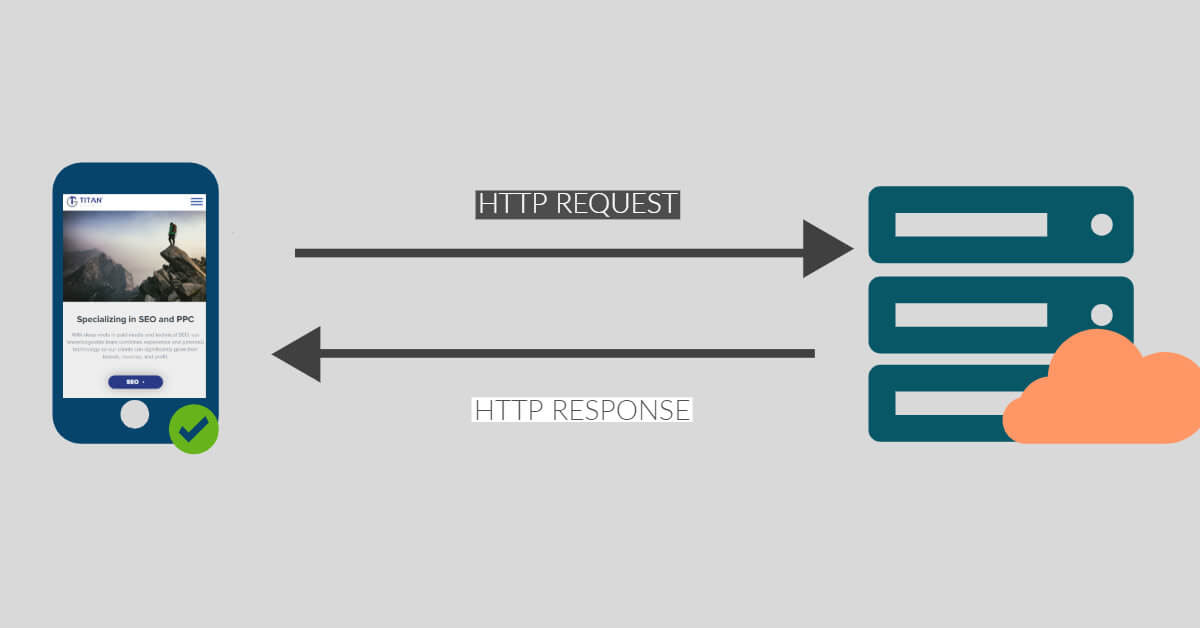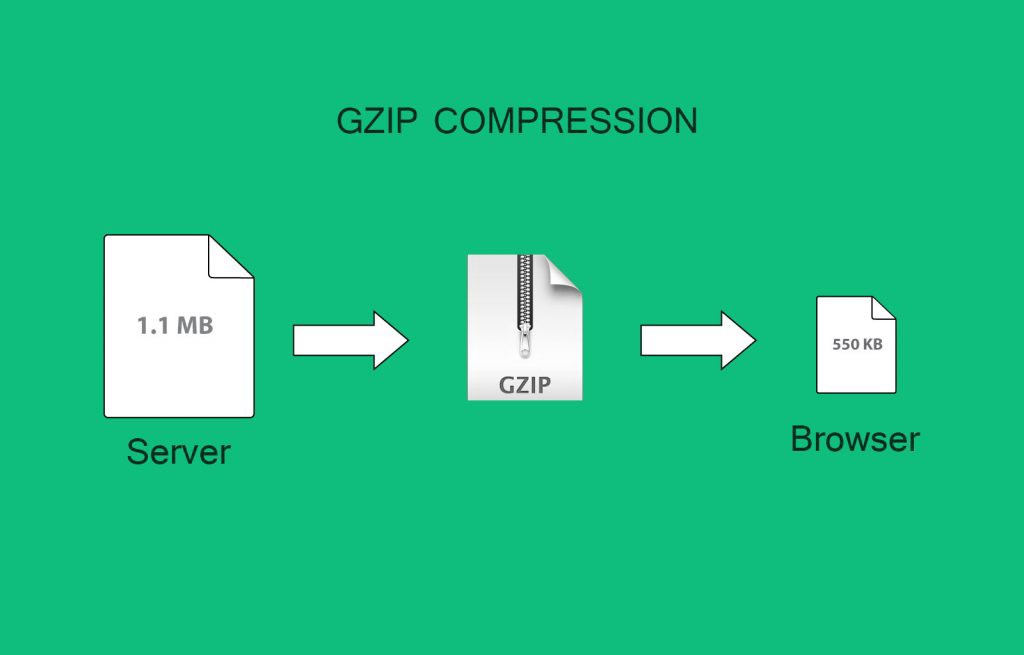7 Simple Web Design and Development Hacks to Speed Up Your Site
7 Simple Web Design and Development Hacks to Speed Up Your Site
Blog Article
The speed of a website is crucial to its user experience and rankings. A slow website can drive users away and affect your business performance. Fortunately, improving your site's speed doesn't require a significant overhaul. Simple web design and development strategies can quickly boost your site's performance. This post will explore seven easy hacks to help you speed up your website and enhance user satisfaction.
1.Optimize Images for Faster Loading
Large image files can slow down your website. One of the most straightforward web design and development hacks is to optimize images without losing quality. Use formats like JPEG or WebP for photos and SVG for logos and icons. Additionally, compress your images using tools like TinyPNG or Compressor.io. This step alone can reduce loading times significantly, making your website faster and more efficient.
2.Enable Browser Caching
Browser caching allows your site to store files on a visitor's device, reducing the need for the browser to load the entire page every time they return. By enabling browser caching in your web development process, returning visitors will experience much faster load times. You can set expiration dates for various files like images, stylesheets, and scripts, so browsers won't have to reload unchanged elements.
3.Minimize HTTP Requests

The elements on your website, including images, scripts, and stylesheets, require HTTP requests. The more requests your site makes, the longer it takes to load. An essential web development hack is to minimize the number of these requests. Combine multiple CSS and JavaScript files, reduce the number of images, and use CSS sprites to group images together. It reduces the strain on your server and speeds up page loading.
4.Use a Content Delivery Network (CDN)
A Content Delivery Network (CDN) is a network of servers distributed across various locations that deliver web content based on a user's geographic location. Using a CDN in your web design and development strategy ensures your website loads faster for visitors worldwide. A CDN minimizes latency and improves performance by sharing load across multiple servers.
5.Optimize CSS and JavaScript
Unoptimized CSS and JavaScript files can slow down your site. A simple yet effective web development hack is to minify these files by removing unnecessary spaces, line breaks, and comments. It reduces their size, allowing them to load faster. Additionally, place your CSS at the top of the page and JavaScript at the bottom to prevent rendering delays. Tools like CSS Minifier and JavaScript Minifier can streamline this process.
6.Implement Lazy Loading
Lazy loading is a web design technique in which images and other media only load when they appear on the user's screen. It reduces the page's initial load time, making your site feel faster to visitors. Incorporating lazy loading in your web design and development ensures that only the necessary content is loaded, improving performance without sacrificing user experience.
7.Leverage Gzip Compression

Gzip compression is a powerful tool that truncates your website's files to make them smaller, reducing file sizes and speeding up load times. Implementing Gzip compression in your web development process can significantly improve performance, especially for text-heavy resources like HTML, CSS, and JavaScript files.
Conclusion
Improving your website's speed has to be a daunting task. These simple web design and development hacks can enhance your performance, improve user experience, and boost your SEO rankings. Whether you optimize images, enable browser caching, or leverage Gzip compression, these minor tweaks will speed up your site.